Phoenix, AZ Weather Cams
Downtown Phoenix Cam
South Mountain Cam
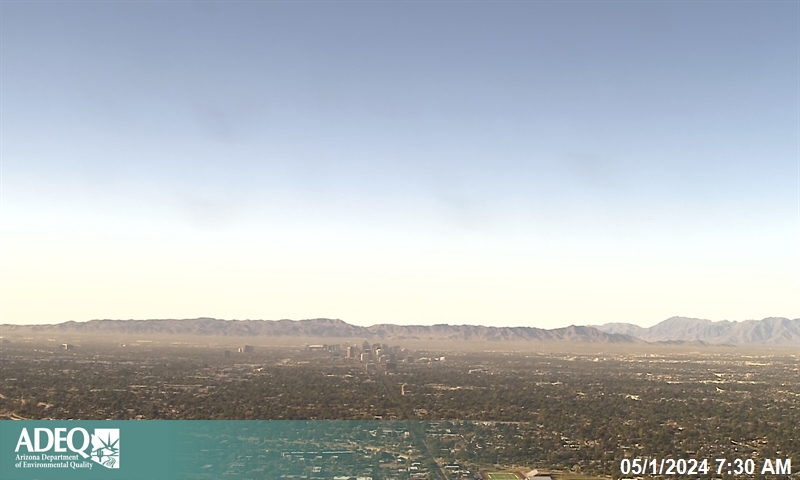
Estrella Mountains Cam
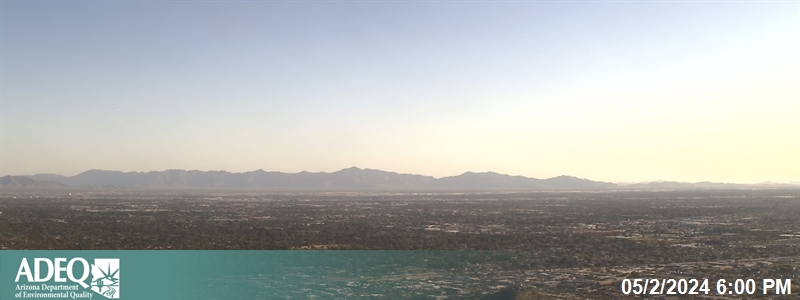
White Tank Mountains Cam
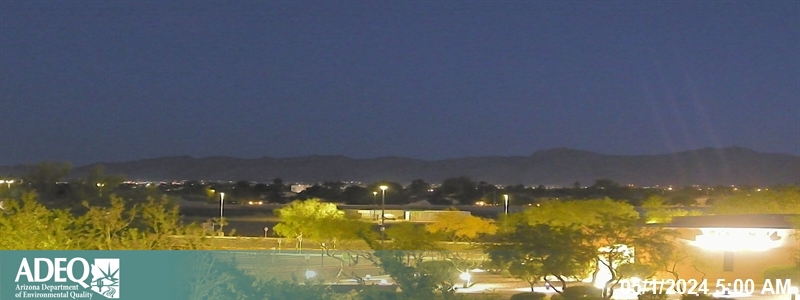
Camelback Mountain Cam
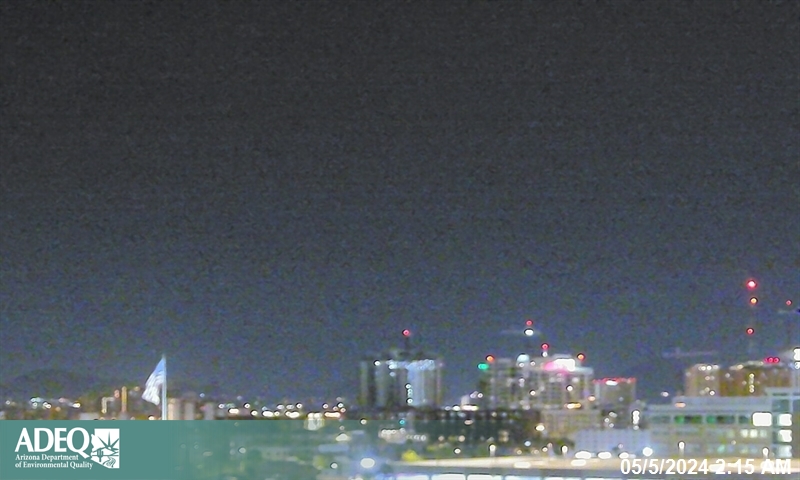
Superstition Mountains Cam
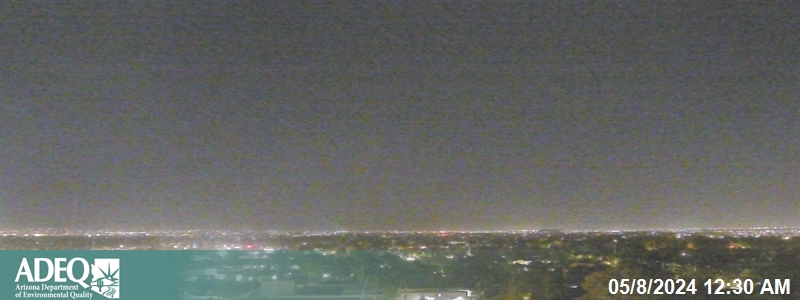
City North Cam
City East Cam
City South Cam
City West Cam
West Phoenix Timelapse Cam
Apache Junction East Timelapse Cam
Surprise Recreation Campus Cam
Maricopa County South Valley Cam
Maricopa County East Valley Cam
Maricopa County West Valley Cam
Glendale Cam
Arizona Science Center Cam

Phoenix Children`s Hospital Cam

Footprint Center Cam

Phoenix, AZ: From Ancient Settlements to a Thriving Metropolis
Phoenix, AZ Weather Cams. Phoenix, Arizona, has a long and fascinating history, stretching back thousands of years to the early Indigenous inhabitants of the Salt River Valley. From its agricultural beginnings to its rise as the largest city in the Southwest, Phoenix’s story is one of perseverance, innovation, and transformation. Today, it stands as the capital of Arizona, a hub for business, culture, and recreation.
Early Indigenous Civilizations
Long before European settlers arrived, the region now known as Phoenix was home to the Hohokam people, who inhabited the area as early as A.D. 300. The Hohokam were remarkable engineers, constructing an extensive canal system to irrigate crops in the desert environment. Their agricultural practices allowed them to grow corn, beans, squash, and cotton, making them one of the most advanced ancient civilizations in the Southwest.
For centuries, the Hohokam thrived in the Salt River Valley, maintaining trade networks with other Indigenous groups across the region. However, around A.D. 1400, their society mysteriously declined, possibly due to environmental factors, droughts, or social disruptions.
Although the Hohokam vanished, their canal system remained and later influenced future settlers who recognized its potential for farming.
The Arrival of European and American Settlers
Spanish explorers arrived in Arizona in the 16th century, but they did not establish permanent settlements in the Phoenix area. The land remained sparsely inhabited until the mid-19th century, when the United States acquired Arizona through the Gadsden Purchase in 1854.
In 1867, Jack Swilling, a Civil War veteran, saw an opportunity to revive agriculture in the Salt River Valley by using the ancient Hohokam canals. He founded the Swilling Irrigation Canal Company, which led to the establishment of a farming settlement that would become Phoenix.
The name Phoenix was suggested by early settlers, reflecting the idea of a city rising from the ruins of the ancient Hohokam civilization—just like the mythical phoenix bird.
The Growth of Phoenix and Its Incorporation
Phoenix quickly became a key agricultural center, with farmers growing crops such as alfalfa, wheat, and citrus. As more settlers arrived, the town expanded, officially incorporating in 1881.
The arrival of the Southern Pacific Railroad in 1887 further boosted Phoenix’s economy, connecting it to national trade networks. Improved transportation allowed businesses to flourish, and Phoenix grew into a lively urban center.
In 1912, Arizona became the 48th state in the U.S., and Phoenix was selected as the state capital, solidifying its importance in regional governance and commerce.
The Rise of Industry and Urban Expansion
Throughout the 20th century, Phoenix evolved from an agricultural town into a booming city. The introduction of air conditioning made the hot desert climate more livable, leading to a population explosion.
Industries such as aerospace, technology, and tourism became central to Phoenix’s economy, attracting businesses and workers from across the country. The construction of major highways and Sky Harbor International Airport improved accessibility, strengthening Phoenix’s role as a transportation hub.
By the 1950s, Phoenix was one of the fastest-growing cities in the U.S., with residential neighborhoods, shopping centers, and cultural institutions emerging rapidly.
Phoenix Today
Today, Phoenix is a thriving metropolis, home to over 1.6 million residents. It serves as an economic powerhouse, with Fortune 500 companies, major sports teams, and renowned universities shaping its modern identity.
Phoenix continues to balance its historical roots with innovation, offering a diverse cultural scene, outdoor recreation, and economic opportunities. Whether exploring historic districts or embracing cutting-edge industries, Phoenix remains a city of transformation and growth.
For more information, visit the official Phoenix, Arizona website.
